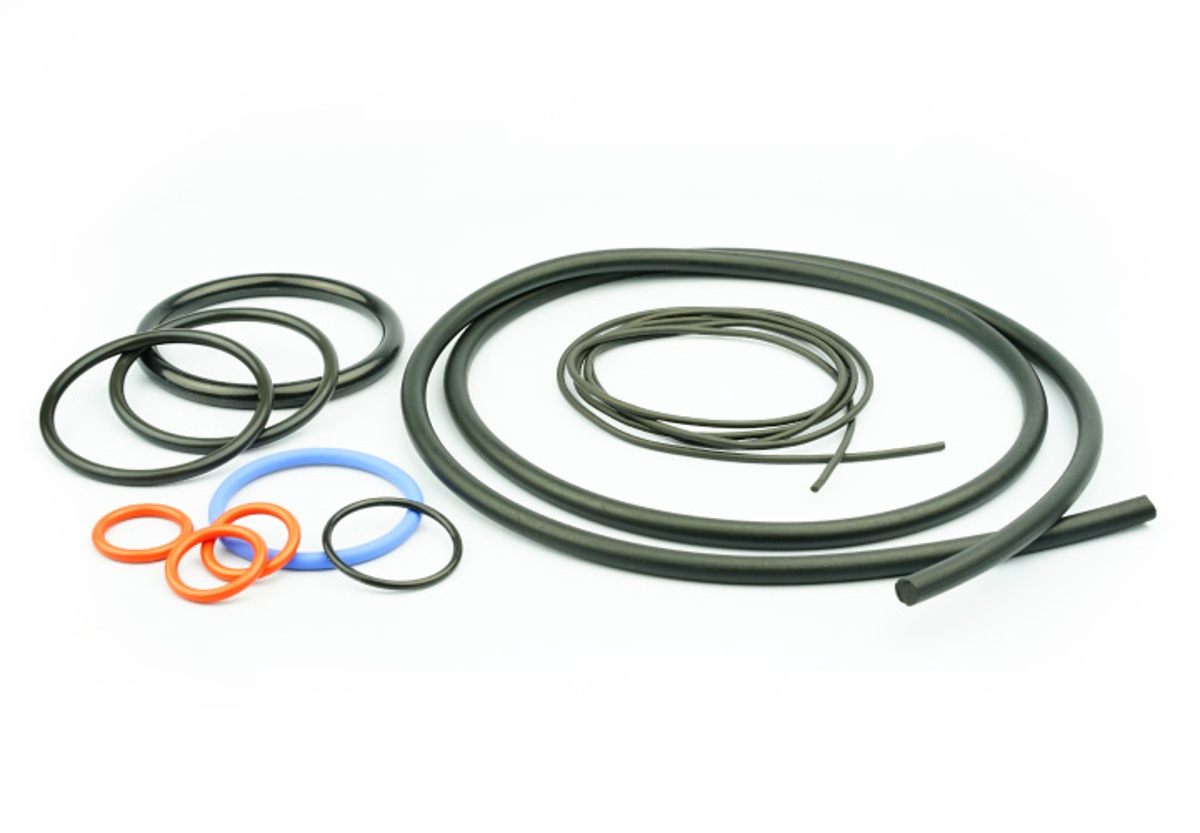One of the questions we often receive is around O-rings and how they are used.
This article will discuss everything you need to know about O-rings and its systems.
What are O-Rings?
O-rings are mechanical gaskets consisting of a continuous loop of material. Although they are very simple components, they perform a very important function and are widely used in many different fields throughout the world.
In Singapore alone, O-rings are extensively used in pneumatic systems, actuators and much more.
They form an important part of many devices, instruments and machinery. Due to their ability to withstand pressure and cost-effectiveness, they are excellent ways of creating a strong seal.
O-rings are placed in a groove and then compressed to form a seal. This prevents the escape of liquids or gases.
Read more: Why Do O-rings Fail? Here Are The Most Common Reasons
Why Do We Use O-Rings?
O-rings are the first choice of component for many manufactures; not only because they are relatively inexpensive to make, but also due to their countless other benefits.
O-rings can form seals across a wide spectrum of temperature, pressure and tolerance levels. They don't need any critical torque upon tightening and, in doing so, are unlikely to cause damage to structures.
With their natural propensity to return to their original shape when pressure is exerted over the cross section, O-rings have proven to be very reliable and strong.
These components can also withstand a wide range of harsh environmental and chemical applications and are considered to be very durable. Many O-rings types have a very long shelf life and can be used indefinitely, as long as they don't show signs of wear and tear.
Using O-rings does not require any special tools, primers or installation techniques and they can be re-used in many cases.
What Are The Different Types of O-Rings?
As mentioned above, there are many different uses, applications and benefits to O-rings.
With this in mind, they come in a various materials. SLS Bearings provide some of the most common O-ring types, which include the following:
1. Buna-N (Nitrile/NBR)
Buna-N, also known as nitrile O-rings or NBR are a popular choice for a variety of applications and are very versatile.
They are solidly resistant to gasoline, oils, propane, water and many hydraulic fluids with a temperature range of -50 C to 120 C.
Nitrile O-rings are best used where there are limited resistance and temperature requirements, such as in general purpose applications.
2. Viton
Viton O-rings are composed of fluorocarbon rubber and are also considered to be an all-purpose O-ring.
Viton O-rings are particularly useful in applications involving movement but should be avoided with esters, Skydrol and amines.
They can withstand higher temperatures (i.e. from -26 C to 205 C) ad offer greater chemical resistance than nitrile O-rings.
3. Silicone
Silicone O-rings are considered to be standard for many gasket and sealant applications, especially with fuel injection ports.
Their silicone make-up means that they are very resistant to acids, ozone and water. Although their tensile durability and shear resistance is not the best, they offer an extensive temperature range from -50 C to 200 C.
4. Neoprene
Also known as CR (chrioprene) O-rings, the neoprene variety has incredible water and weather resistance, making them an excellent choice if you have UV light or oxidation concerns.
They are often used with air conditioning, refrigeration and petroleum but should be avoided in food and drink applications as they sometimes contain lead-based agents.
5. PTFE
PTFE or Teflon O-rings are well-known for their high resistance to corrosion, temperature, friction and water.
They have a very long shelf life and are often the first choice for food, drink, aerospace and telecommunications application. PTFE O-rings are also very popular components for paint guns and steering devices.
5. Ethylene Propylene
Ethylene Propylene (or EPDM) O-rings are widely used on brake systems and steam applications.
With their wide temperature range (-50 C to 150 C), they are very resistant to UV light, tearing, compression and acids.
These O-rings should be avoided with fuels and most petroleum-based oils.
Primary Applications and Industries of O-Rings
O-rings are used extensively in most industries. Since their main function is to restrict the movement of liquids and gases, they are often used in mechanical processes where there are extremes in temperature and pressure.
So, which O-ring types are best suited to what industry?
1. Oil & Gas
The oil & gas industry requires O-rings that have good wear and tear, solid short-term resilience and strong permeation resistance.
Buna-N (or nitrite or NBR) O-rings are therefore the most suitable O-rings for this application as they work well with silicones, petroleum oils, ethylene glycol and water.
2. Food & Beverage
If you are in the food and beverage industry, PTFE (or Teflon) O-rings are ideal as they are safe to use with food products and are very durable.
3. Power Generation
With their non-reactive features, stability and incredible resistance to extreme temperature and light, Viton O-rings are the natural choice for power generation.
4. Chemical Processing
As a good general purpose O-ring, fluorocarbon O-rings are very popular in the chemical processing fields.
They function very well with most acids, chemicals and oils, and offer excellent temperature resistance too.
5. Aerospace
In hydraulic pumps, the aerospace industry uses Ethylene Propylene (EPDM) extensively.
These O-rings are perfect use with substances, such as Skydrol, which is a corrosive hydraulic fluid.
Here For Your O-Ring Needs
As you can see from the above, O-rings are vital for a wide range of industries in Singapore.
Here at SLS, we can assist you with all your O-ring and related product needs. We value the relationships we build with our customers.
Click on the button below if you would like to learn more information about how we can help you with your O-ring needs.
**Image derived from NOK







